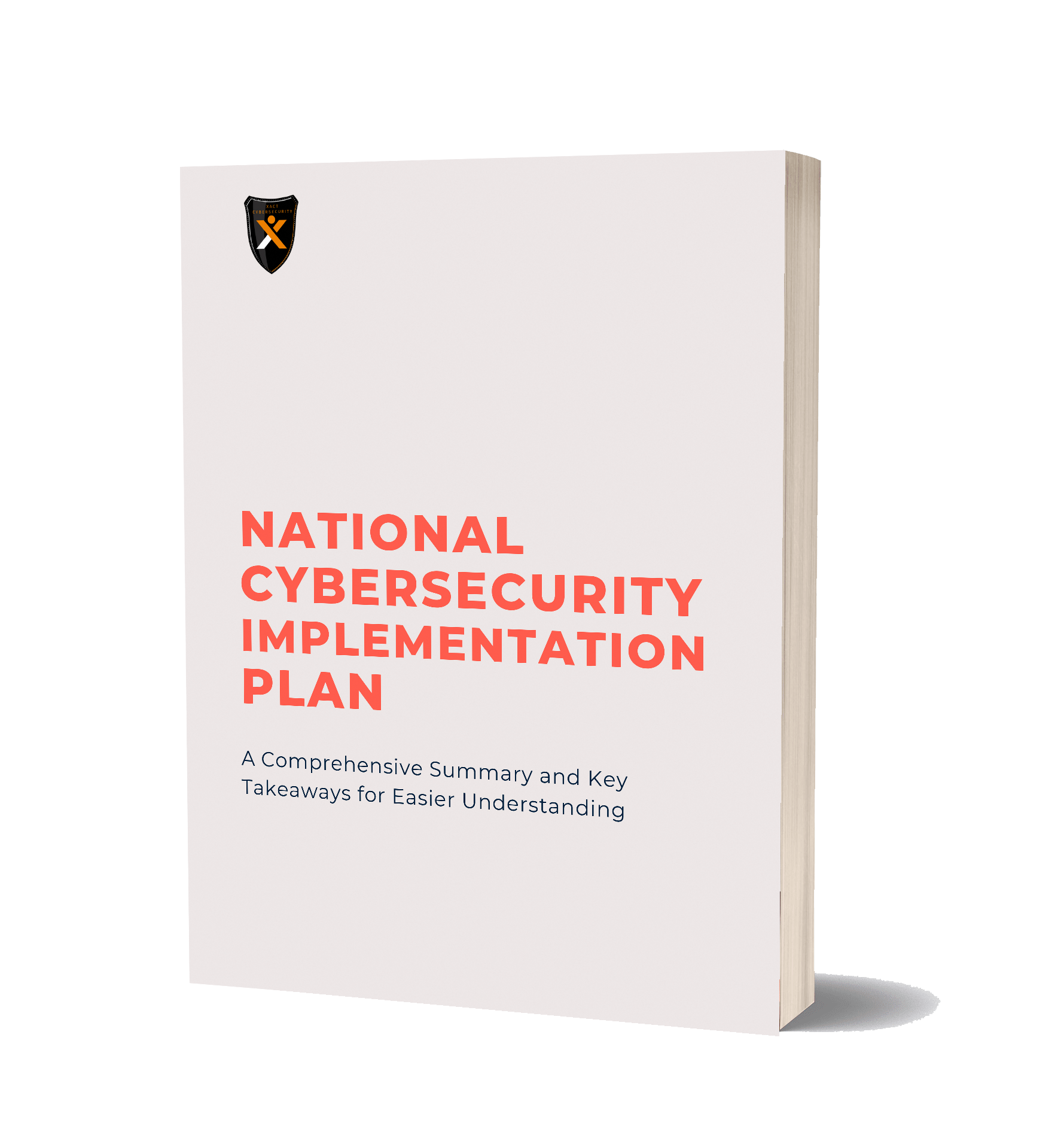In the fast-paced digital age, cybersecurity has become a critical concern for both governments and businesses. With cybercriminals relentlessly targeting organizations, it is evident that we are facing a serious challenge in safeguarding our sensitive data and infrastructure. The past few months, especially June and July of 2023, have witnessed a surge in cyberattacks against businesses and government entities, highlighting the pressing need for stronger cybersecurity measures. Today, I want to delve into the current state of cybersecurity and discuss the efforts being made to protect our digital landscape. Let's explore the National Cybersecurity strategy that the government is rolling out and why businesses need to take cybersecurity seriously.
The National Cybersecurity Strategy Implementation Plan
Recently, the Biden and Harris administration released the National Cybersecurity Strategy Implementation Plan, aiming to establish a comprehensive framework to combat cyber threats. This high-level strategy consists of five pillars that outline the main focus areas:
- Defend Critical Infrastructure: Protecting critical infrastructure has been a long-standing challenge for the government. Cybersecurity measures for critical sectors are crucial to thwarting potential attacks.
- Disrupt and Dismantle Threat Actors: Eliminating cybercriminals is a complex task that requires global cooperation. The government needs to work collaboratively with other countries to combat the cyber threat effectively.
- Shape Market Forces to Drive Security and Resilience: This pillar emphasizes the need for laws and regulations that compel businesses to prioritize cybersecurity. Companies must invest in robust security measures to protect themselves and their customers.
- Invest in a Resilient Future: Offering grants and incentives to companies and governments that prioritize cybersecurity can encourage proactive measures against potential cyber threats.
- Forge International Partnerships to Pursue Shared Goals: The interconnected nature of the internet necessitates cooperation among nations to apprehend cybercriminals operating outside their jurisdiction.
Challenges and Concerns
While the National Cybersecurity Strategy Implementation Plan is a step in the right direction, there are some concerns that warrant attention. For instance, the language around creating a "safe harbor" for tech companies has raised alarms. This provision may shield software companies from responsibility if vulnerabilities in their products lead to cyberattacks, potentially leaving individuals and businesses vulnerable.

Many employees connect their work devices to vacation home routers, inadvertently exposing sensitive data to potential attacks.
The Threat to Remote Workforces
The shift towards remote work has brought about another set of cybersecurity challenges. Many employees connect their work devices to home routers, inadvertently exposing sensitive data to potential attacks. Cybercriminals are now employing automated botnets to target vulnerable Soho routers, potentially gaining access to corporate devices and data.
The Impact on Businesses and Individuals
The recent cyberattacks on municipal governments and financial institutions underscore the urgency of adopting robust cybersecurity measures. Municipalities, businesses, and individuals must take proactive steps to safeguard their data and systems. Cybersecurity debt is accumulating fast, and organizations that neglect cybersecurity may face severe consequences, including data breaches, financial losses, and reputational damage.
As cybercriminals become increasingly sophisticated, it is imperative for both governments and businesses to prioritize cybersecurity. The National Cybersecurity Strategy Implementation Plan represents a significant effort to combat cyber threats, but it also requires collaboration from tech companies and a clear focus on protecting critical infrastructure and remote workforces. Taking proactive steps to secure data and systems is crucial to protect ourselves, our businesses, and our nation from the rising tide of cyber threats. By investing in a resilient cybersecurity future, we can collectively fortify our digital landscape and mitigate potential risks effectively. Stay informed and vigilant, as cybersecurity remains an evolving battleground in the digital age.




You must be logged in to post a comment.